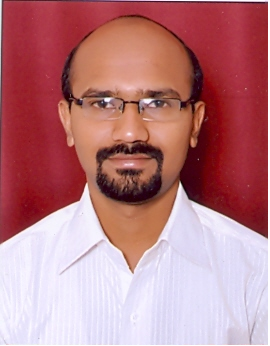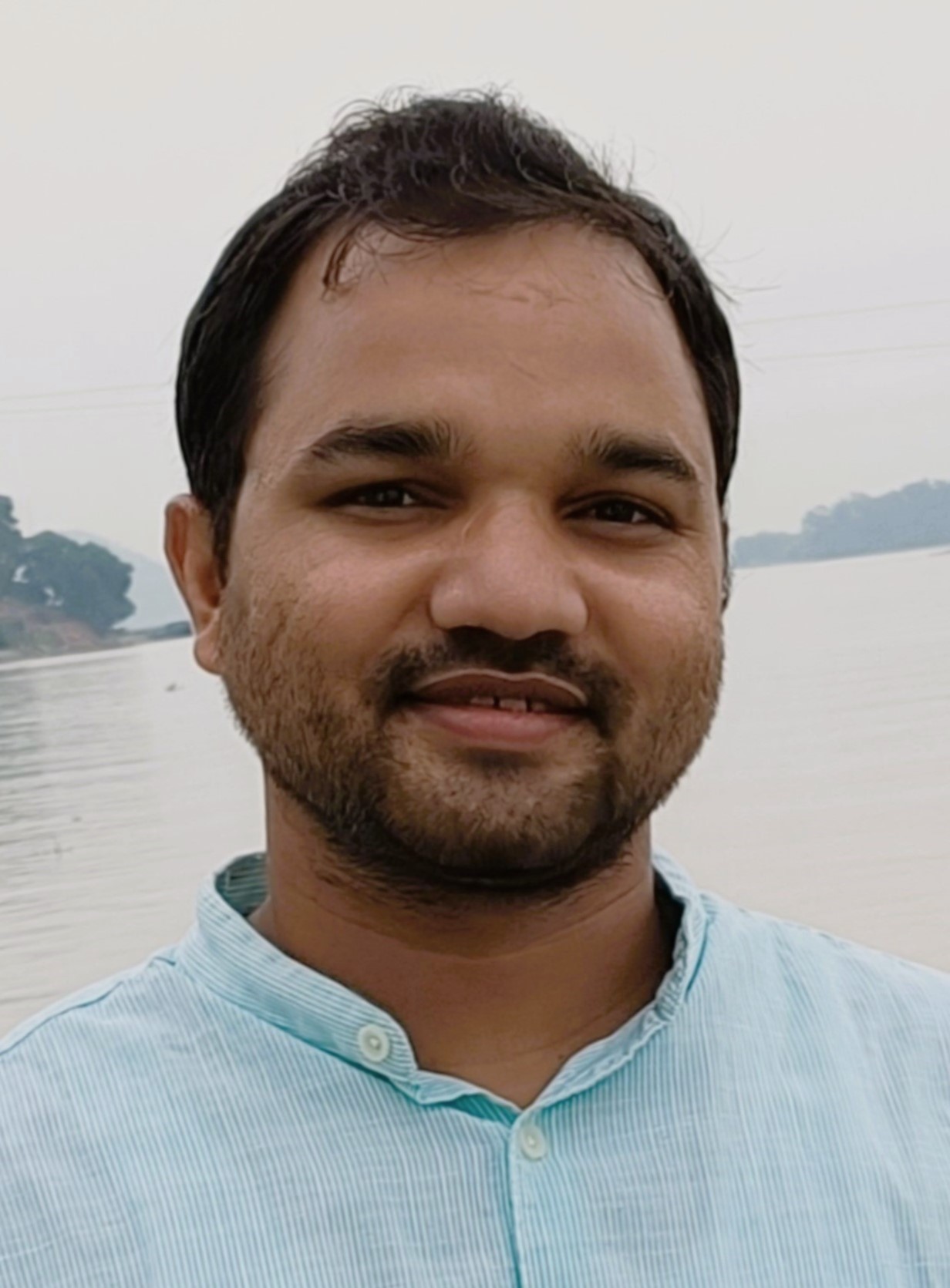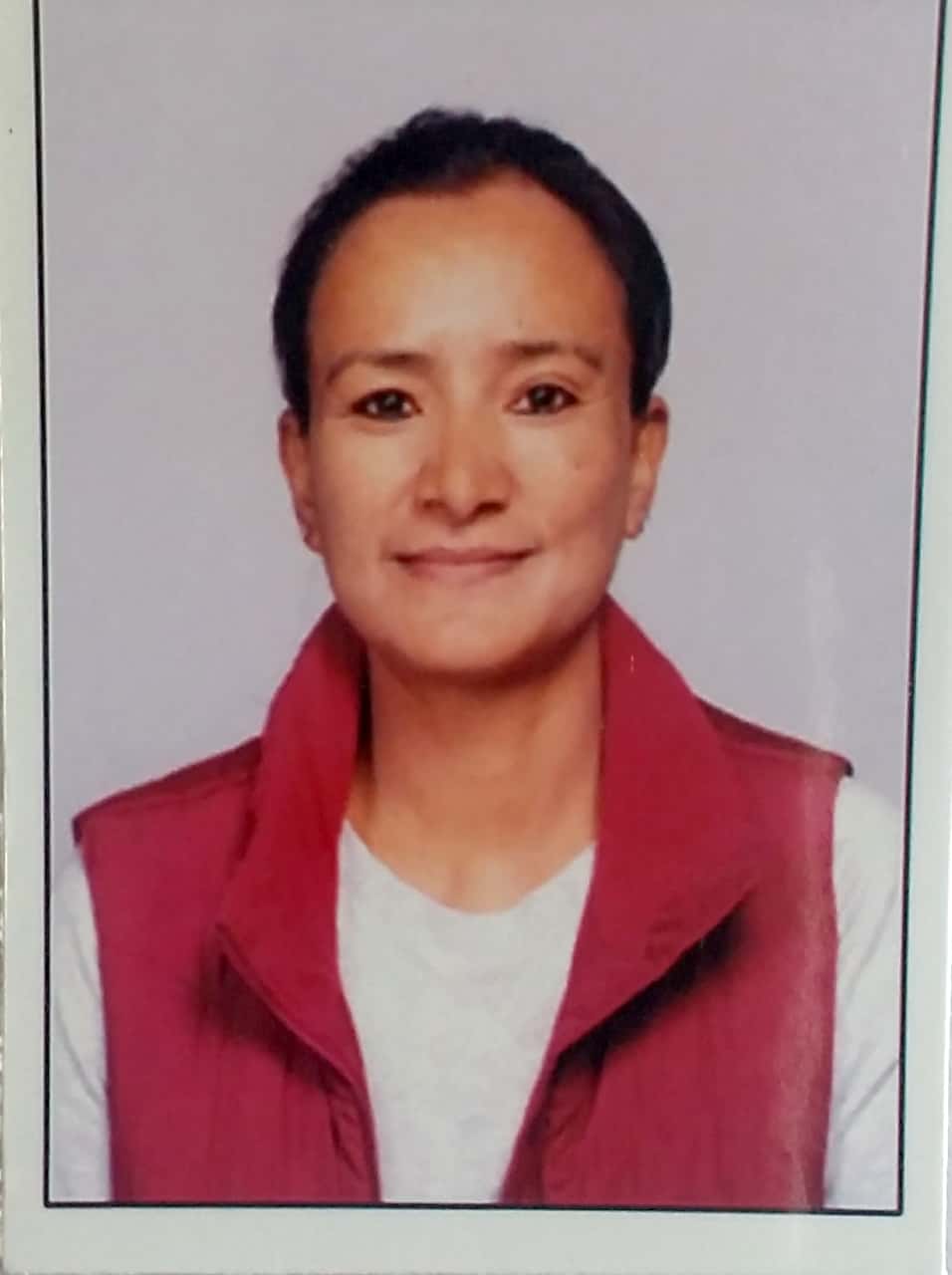Water Security in Himalaya through Spring-Ecosystem Assessment and Management
Emerging in many forms, springs are part of groundwater ecosystems and are the main freshwater sources that serve nearly 40 million people across the Himalayas. Springs vary greatly in flow, water chemistry, geomorphology, and ecology and have socio-cultural and economic importance. However, the problem of the drying of springs is being increasingly felt, resulting in the substantial alteration of spring ecosystem structure and functions. Being the most structurally complicated, ecologically and biologically diverse ecosystems, it has been observed that the interaction of dependent ecosystem services of springs is hardly documented or being studied over Himalaya, and no standardized spring-ecosystem management practices are available. Hence, the study has been undertaken with two-fold objectives such as (i) to provide a better understanding of the functioning of the spring ecosystems through the development of spring-ecosystem assessment and management protocols and (ii) to enhance water security through the revival of spring through Jal Abhayaranya concept. The project being a transformative in nature in IHR, was carried out in 4 regional centres/states. The locations are Uttarakhand (Almora, Champavat, Rudraprayag and Pauri district), Himachal Pradesh (Kullu and Mandi districts), Sikkim (South Sikkim district) and Arunachal Pradesh (Lower Subansiri district). The activities such as block-level water scarcity indexing and mapping for whole IHR, development of spring-ecosystem inventory protocol, quantification of ecosystem health indicators, and designing of spring-ecosystem assessment protocol as a performance evaluation tool, advance science-based framework for prioritizing spring rejuvenation interventions, field demonstration of 'Jal Abhayaranya/Spring Sanctuary model' for spring revival, along with dissemination activities for different stakeholders; were carried out in IHR states.
First time Pan-IHR water scarcity indexing and block level mapping of 11 states and 2 UTs was done under this project reveals 180 highly water scarce blocks w.r.t. WScI >=0.4 and 366 water scarce blocks w.r.t. WScI>=0.275. a standard spring inventory protocol was developed for collection of spring related information and a web portal – HIMAL (https://nmhs-himal.gov.in) was developed for spring data entries. The spring inventory data from primary and secondary sources across IHR strengthened to a total of 6523 springs, out of which 6407 datasets were uploaded on HIMAL covering total 29 districts, 118 blocks in entire IHR. The project also developed RS-GIS (250 + GIS thematic maps generation) AHP and geological investigation based spring ecosystem boundary protocol and groundwater recharge potential zone mapping procedure for spring rejuvenation intervention and its successful demonstration at study sites. The hydrological study of the spring discharge quantified multiple spring eco-system health indicators: (a) For spring discharge - Discharge dependency to rainfall (η), Normalized memory effect (μ), Flow variability (Q10/Q90), Low flow variability (Q50/Q90), Spring variability index (Cv), Meinzer's discharge class (V), Maillete's spring variability class (M), Seasonality Index of discharge (SI) and Asymmetry of discharge (Ca); and (b) For Spring water quality – Water Quality Index (WQI). The bio-engineering intervention for spring rejuvenation showed promising initial results at Manadunga spring and springs of Sikkim site and same has been studied and observed/reflected in quantification of various hydrological indicators of spring discharge variability in pre and post intervention impact assessment.
The variability suggests some significant stability by indicating lesser values of indices in post intervention impact assessment, demonstrates the efficacy of the interventions work in the selected study site. Nearly 67 dissemination and outreach programmes including capacity building cum training programs, workshop, LiFE events, and days of national/international importance and other programmes were organized across the study sites during the project period. Total 2405 stakeholders got exposure on water scarcity issues, water conservation and springshed management and got benefited in terms knowledge gathering and knowledge enhancement and understanding the technical know-how. During the project period total 482 participants were trained as ‘Para-hydrogeologists’ through lectures and field demonstration. Through the knowledge and experience generated by this project and similar springs project, the Institute helped different state KRCs (Knowledge Resources Centers) of JJM (Jal Jeevan Mission) for springshed management work. The technical inputs through this study was also provided to NITI Aayog, Ministry of Rural development; Jal Shakti; NGT (National Green Tribunal); and SARRA (Spring and River Rejuvenation Authority), Govt. of UK; BIS (Bureau of Indian Standards), GoI; also to International Institutes - IWMI, ICIMOD in springs related matter. The project also harnessed the GoI’s ambitious missions - Catch the Rain, Amrut Sarovar, Namami Gange, Mission LiFE, Ek ped Ma ke Naam, and land restoration for water conservation and management efforts. Handholding of various NGO, Civil Society & Gram Panchayats were also done for springshed management.

Project activities depicting recharge interventions, hydrological and water quality, Geo-portal under springshed management work
Contribution in above research work
 Mahendra Singh Lodhi
Mahendra Singh Lodhi
 Ashutosh Tiwari
Ashutosh Tiwari
 Vaibhav Eknath Gosavi
Vaibhav Eknath Gosavi
 Om Prakash Arya
Om Prakash Arya
 Sandipan Mukherjee
Sandipan Mukherjee
 Vasudha Agnihotri
Vasudha Agnihotri
 Renu Lata
Renu Lata
 S. Tarafdar
S. Tarafdar
